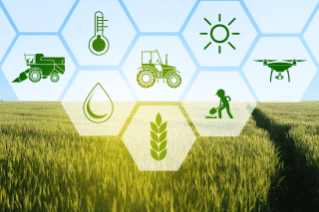Thursday, 13 November 2025

Indian Institute of Technology Guwahati researcher has developed a low-cost membrane technology to produce psychoactive drugs and anti-aging compounds from wide range of agricultural resources like camellia sinensis, citrus fruits and peels especially orange peels, berries, ginkgo biloba, parsley, pulses, tea, sea buckthorn and onions.
The technology is patented and developed by Prof. Mihir Kumar Purkait, Head, Centre for the Environment, and Professor, Department of Chemical Engineering, IIT Guwahati along with his M Tech student V L Dhadge. The low-cost technology doesn’t use any organic solvents.
The health-related benefits of psychoactive drugs (caffeine) and anti-aging compounds (flavonoids) attributed to stimulating detoxification of enzyme activity and inhibition of cell invasion and angiogenesis. Because of medicinal applications, flavonoid components have gained popularity as ingredients in pharmaceutical industry. These are also found in smaller amount in bamboo leaves, grapes, apples, and other natural sources.
While explaining the process about how the technology works, Prof Mihir Kumar Purkait, said, “The developed technology is exclusively pore/particle size based pressure driven membrane separation process. The water extracts of above mentioned plants/fruits/leaves at optimum operating conditions are passed through a specially made cascade membrane units of fabricated with appropriate molecular weight cut off (MWCO) membranes capable of separating targeted flavonoids selectively. Permeate and retentive part from appropriate membrane unit is then fridge dried to get the powdered product. We have synthesized stimuli responsive smart membrane for the selective separation and purification of targeted compound from the mixture of plants or leaves or fruits extract in simple water”.
The patented membrane based green technology has enormous scope to replace existing costly organic solvent based techniques and can be used for continuation mode of operation in industrial scale.